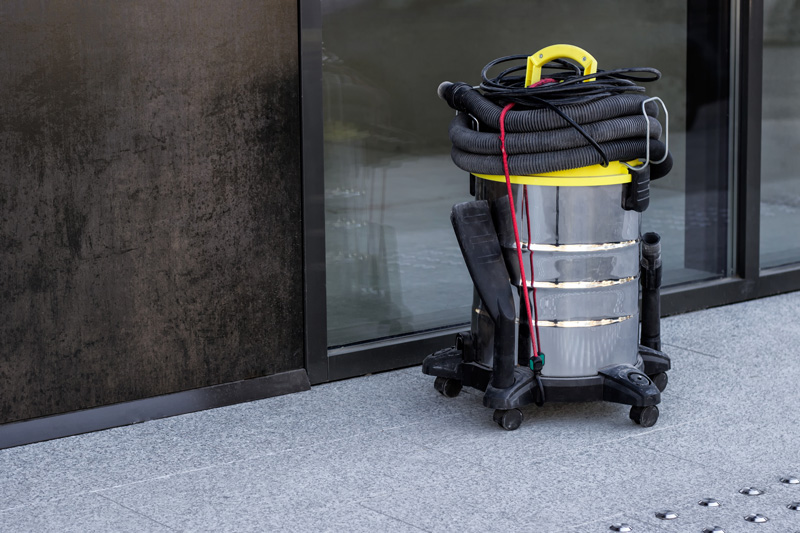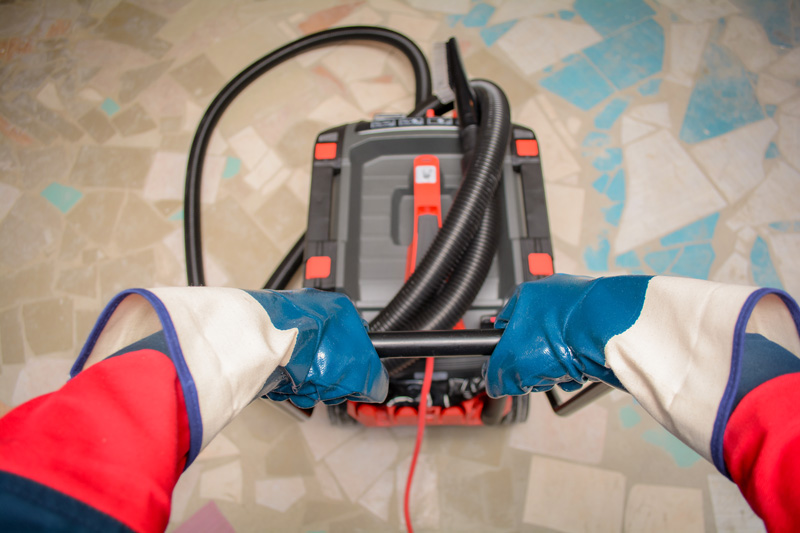Industrial vacuum cleaners are designed with two basic functions in mind: the removal of debris from the floor and the removal of debris from the air. The first application can be tricky, but most units produced can handle almost any type of debris from the floor of a manufacturing company.

How to Get Started
At first, the size of the debris can be difficult to deal with. Then, wet and dry items need to be dealt with simultaneously. Extremely hot or corrosive elements should be added to the mix and then radioactive debris can be considered. All of the debris, a bi-product of some sort of manufacturing or large-scale commercial operation, has to be dealt with by vacuum cleaner manufacturers. Often, the special requirements of a company should be dealt with on a case-by-case basis as a new plant is being constructed.

The Next Steps
Similarly, airborne debris, dust and microscopic particles produced in the shop need to be removed from the air, either to protect the workers or to gather and store the valuable materials to keep from losing them. Huge vacuum cleaners need to be mounted on rooftops, and behind the factories themselves. These vacuums resembled air-conditioning units more closely than vacuum cleaners, but they performed like the ultimate vacuum. Where air-conditioners cool and then pump air into the factory to keep temperatures comfortable and controlled, these huge vacuum cleaners are sucking the air out of the factories, either from the ceiling levels or from beneath the floor. As a result, they filter out the debris and keep it accessible during cleaning.

Factories that produce fine particulate debris as part of their manufacturing process need to maintain a safe breathing environment for their workers. Companies that are refining a valuable metal need to collect the particulates for later re-use. Both functions are well-served by today’s industrial vacuum cleaners.